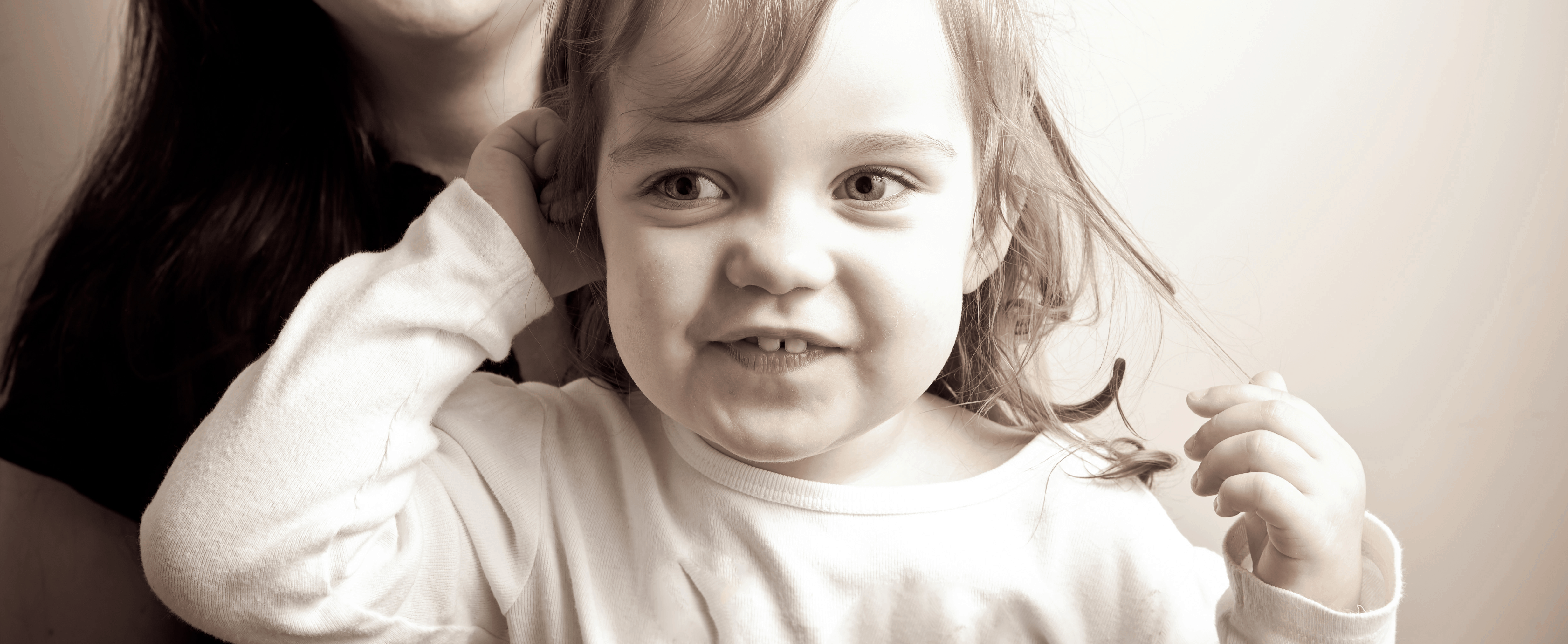
Our Special Speech Therapists
Our speech therapists work with a variety of children that have all different kinds of needs and conditions. This article is about the many ways speech therapists are helping children of all kinds as well as some facts you may not have known dealing with speech, language and hearing. You can learn the unique considerations when working specifically with children with Autism Spectrum Disorder in another blog.
Let’s look at some child development with regards to communication. We know that babies learn to use different gestures such as pointing, shaking their head yes or no, clapping, etc. But did you know that there are developmental expectations of these gestures? For example, a baby should be learning two new gestures a month and by the time they reach 16 months old, they should have 16 gestures. According to the American Speech-Language-Hearing Association (ASHA), “if your 7- to 12-month-old makes only a few sounds or does not use gestures or your 12- to 18-month-old says only a few words, they could have a language disorder.” Playing pat-a-cake, blowing kisses, waving goodbye and other turn-taking games can help teach your child some basic conversational skills.
There are many ways to help your preschooler enhance her language skills such as listening to your child and responding to questions, giving her time to answer the questions you ask, restricting screen time (electronic technology), adding more reading and talking time to your child’s day, and calling their attention to written words you see in your daily lives. If your child is having trouble getting basic concepts, following instructions, or knowing how to respond to questions, there may be a language disorder. Your preschooler should be learning new words, having conversations, and putting words in the correct order when speaking. Speech therapists working with children help them learn how to follow directions, form short sentences, ask and respond to questions, tell stories and other skills necessary to build the foundation of communication.
We need to mention another part of the equation that affects communication, and that is hearing and the health of our hearing mechanisms. Hearing can be affected by many things such as the flu, head trauma, ear infections, meningitis, chicken pox and other conditions that often occur in childhood. Even overexposure to noise can cause loss of hearing. Hearing loss can be mild to severe, and can affect the child’s ability to acquire and to understand language. It is important to get the opinion of an ASHA-certified audiologist to learn the degree of loss and how much residual hearing remains. Hearing aids, cochlear implants and other systems can be appropriate for some kids with hearing loss.
Eliminating or reducing the amount of noise in an environment will help children be more successful. Dangerous noise levels may be indicated by the fact that you must raise your voice to be heard above it, you cannot hear someone speaking only 3 feet away from you, the experience of a muffling sound when you leave a loud environment (difficult to hear normally afterwards), and pain or ringing in your ears when you leave the loud area. Those are all red flags to tell us that it is just too loud! What can we do to protect our ears? Wear earplugs (concerts, sporting events, etc.), limit exposure to loud noises overall, and lower your car stereo/earbuds/headphones to half the volume. Modeling this behavior for your children will teach them to value their hearing also.
The last area we will cover where speech therapists have a major impact with children (and adults) is the area of swallowing disorders, or Dysphagia. A person may have a swallowing problem if they exhibit one of the following symptoms: coughing during or right after eating or drinking, wet or gurgly sounding voice during or after eating or drinking, extra effort or time needed to chew or swallow, food or liquid leaking from the mouth or getting stuck in the mouth, recurring pneumonia or chest congestion after eating, weight loss or dehydration from not being able to eat enough. The treatment will depend on the specifics of the person being treated but may include muscle exercises, trying different positions or strategies for more effective swallowing, and assessing food and liquid textures for their ease and safety in swallowing.
For more information, you can always contact The Children’s Therapy Center, Inc. and check out www.asha.org.
Nancy E.A. Weiss, MOT, OTR/L
